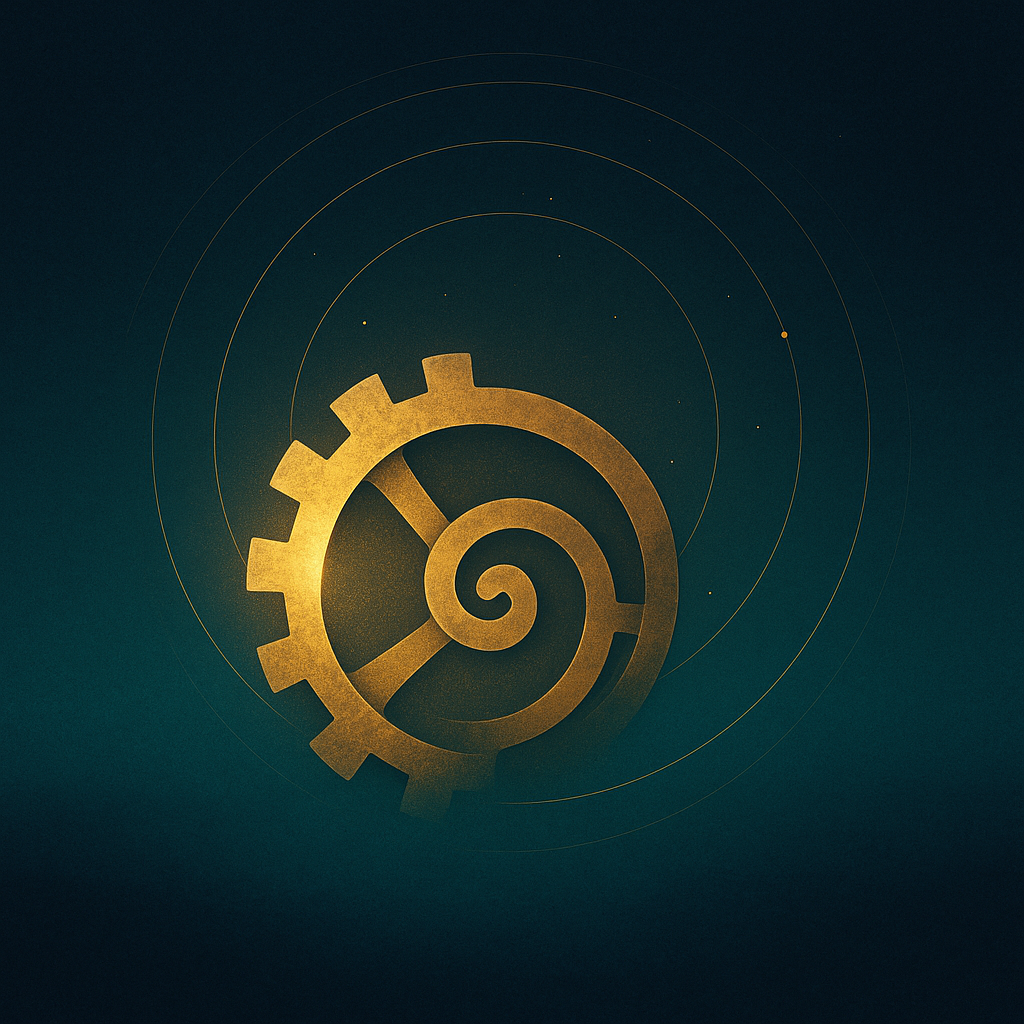
ChatGPT:
The Antikythera Mechanism: The Bronze Computer That Rewrote History
⚓ Discovery & Context
- 1901, Aegean Sea: Greek sponge divers exploring a shipwreck off the island of Antikythera retrieved statues, amphorae—and a corroded lump of bronze and wood.
- Inside that lump: faint gear teeth, later identified as part of a complex mechanical device from around 150–100 BCE.
- The ship, likely sailing from Rhodes or Asia Minor to Rome, carried luxury cargo; the mechanism was a scientific instrument belonging to a scholar or patron.
- Early scholars misread it as an astrolabe. Only X-rays (1950s) and later CT scans (2000s) revealed the truth: over 30 interlocking bronze gears, precision-cut and inscribed in Greek.
- This single find transformed archaeology’s view of ancient technology.
⚙️ What It Was: The World’s First Analog Computer
- Analog computer means a machine that models continuous processes physically—here, the cycles of the heavens—rather than calculating numbers digitally.
- The Antikythera Mechanism used rotating gears to represent astronomical relationships.
- By turning a crank, the user could input a date and mechanically predict:
- The position of the Sun and Moon in the zodiac
- The phase of the Moon
- The timing of eclipses
- Even the Olympic Games cycle
🧩 Structure & Function
Front Dials
- Two concentric rings:
- Outer calendar ring (365 days)
- Inner zodiac ring (12 constellations, 360° ecliptic)
- Two main pointers:
- Sun pointer: one full rotation per year
- Moon pointer: moves faster/slower via a pin-and-slot gear, reproducing the Moon’s uneven orbit
- Lunar phase sphere: half-silvered ball showing waxing and waning light.
Rear Dials
- Metonic spiral (19 years = 235 lunar months): predicted recurring lunar months.
- Saros spiral (18 years 11 days): predicted eclipses, each marked by tiny glyphs for solar or lunar events.
- Callippic & Exeligmos sub-dials: longer-term corrections and triple-cycle repeats.
- Olympiad dial: linked cosmic and civic time.
Mechanics
- About 37 gears cut from bronze, with tooth counts encoding astronomical ratios.
- Gear chains transmitted motion from one hand crank to all displays.
- Some reconstructions show an early differential gear—a concept not re-invented until modern clockwork.
- The craftsmanship implies specialized workshops and advanced mathematical design.
🔬 Modern Research Journey
Early Studies
- Derek de Solla Price (1970s): proved it was an astronomical calculator, not a clock.
- Michael Edmunds (2014): summarized a century of work; called it a “mechanical universe,” physical proof that ancient thinkers saw the cosmos as a rational machine.
Imaging Breakthrough
- CT scanning & digital modeling (2000s-2010s): reconstructed hidden gears and 2,000-character inscriptions—effectively the device’s operating manual.
2015–2025 Advances
- Freeth et al., 2021: proposed a complete front planetary model with nested epicyclic gearing for all known planets.
- Epigraphy teams: decoded eclipse inscriptions and confirmed precise lunar month data.
- Statistical analyses (2024–2025): refined calendar hole-counts and confirmed alignment with the Greek lunar year.
- Engineering tests: examined gear-tooth tolerances, showing impressive but not perfect precision.
- These updates extend Edmunds’s cautious framework into a detailed, working reconstruction.
🕰️ Rethinking Technological History
- Before 1901, historians believed complex gearing began with medieval clocks (~1300 CE).
- The Antikythera Mechanism proved advanced mechanical design existed 1,400 years earlier.
- It shattered the narrative that ancient Greeks were only theorists while the Middle Ages invented machinery.
- Demonstrates that Hellenistic engineers—in Rhodes, Alexandria, Pergamon—were master craftsmen bridging mathematics and engineering.
- Its disappearance shows how technology can collapse with social and economic disruption:
- Bronze recycled, workshops lost, and mechanical expertise unrecorded.
- When Europe later rediscovered gearing, it was effectively reinventing what had once existed.
🌍 Cross-Cultural Transmission
- Greek scientific works were preserved and translated through Byzantine and Islamic scholarship.
- Abbasid Baghdad (9th c.)—translation of Greek mechanics by the Banū Mūsā brothers and others.
- Engineers such as al-Jazarī (1206) built geared clocks and automata remarkably similar in principle.
- In al-Andalus (Islamic Spain), works like al-Murādī’s “Book of Secrets” described clockwork gearing.
- These traditions reached medieval Europe through Toledo and Sicily, paving the way for the first mechanical clocks.
- The Antikythera lineage likely persisted indirectly through these intercultural bridges—a long arc from Hellenistic astronomy to Gothic bell towers.
🧠 Cultural & Philosophical Meaning
- The device embodies the Greek vision of a rational cosmos—predictable, measurable, harmonious.
- It functioned as:
- A scientific calculator for astronomy
- A teaching tool for geometry and celestial cycles
- A symbolic model of divine order
- It turns philosophy (logos) into metal: the universe rendered as a machine of perfect proportion.
- Later European “clockwork universe” metaphors echo this ancient heritage.
🧭 What It Taught Archaeology
- Material evidence can overturn long-held assumptions.
- The mechanism proved that the ancient world reached levels of precision thought impossible before the Renaissance.
- Demonstrates that progress isn’t linear—knowledge can bloom, vanish, and be reborn centuries later.
- Shows the power of interdisciplinary collaboration: archaeologists, engineers, physicists, and linguists together revealing ancient innovation.
- Serves as a case study in how fragile cultural memory can be—how easily complex skills disappear when institutions collapse.
✨ Legacy & Significance
- The Antikythera Mechanism bridges:
- Science and art — mathematical elegance embodied in craftsmanship.
- East and West — Greek theories transmitted through Islamic ingenuity to Europe.
- Past and future — the first mechanical cosmos anticipating modern computation.
- Replicas now gleam in museums; engineers have 3-D printed working versions that reproduce lunar phases and eclipses exactly as in 100 BCE.
- Beyond its function, it reminds us that curiosity, precision, and imagination are timeless human traits.
🪶 In Summary
- Discovered by chance, decoded by generations, the Antikythera Mechanism transformed our picture of ancient science.
- It revealed an unbroken intellectual dream: to model the universe in miniature, to translate time into motion.
- From the depths of a shipwreck emerged a message across millennia:
The gears of human wonder never stop turning—only pause until rediscovered.
